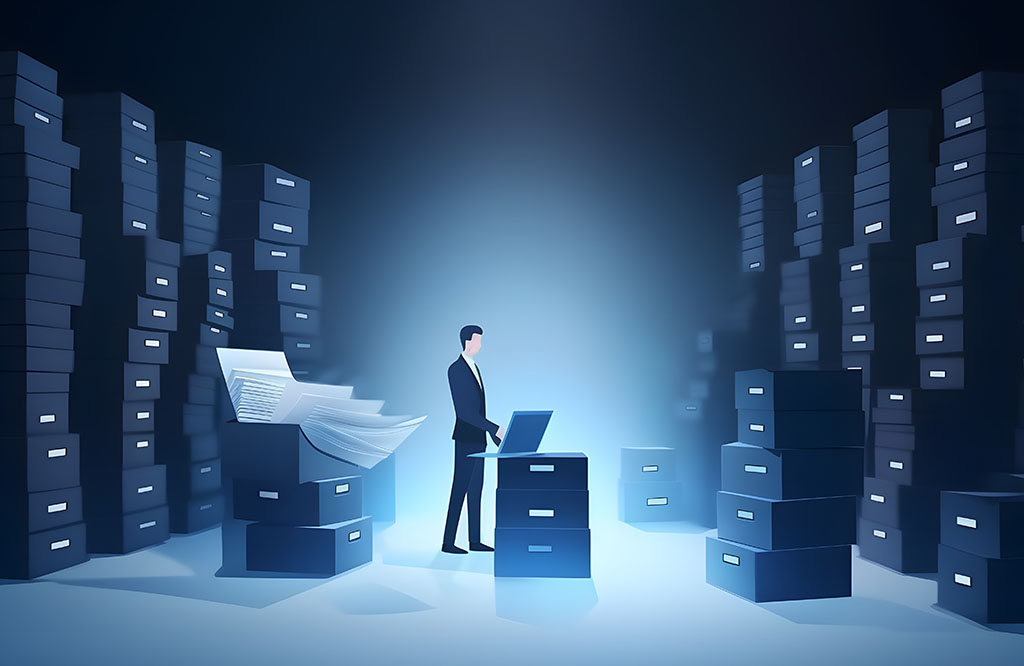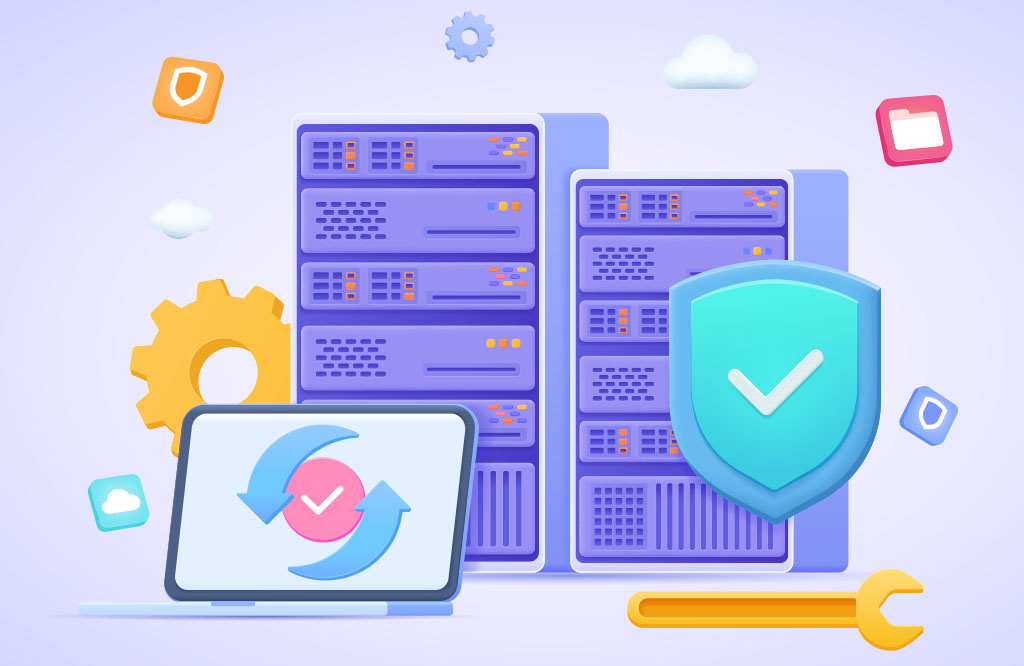As time passes, more and more of a business’ operations are shifting from analog to digital…including the use of digital storage over physical options. Going paperless can certainly be of benefit to a business, so let’s explore the concept and what you need to consider should you choose to do so.
What We Mean By Paperless
Full disclosure: “paperless” doesn’t really mean paperless.
Businesses still need paper as an essential part of many processes. When a business goes paperless, it’s really a reference to how your files are stored. Instead of keeping paper files and taking up valuable space in your office, these files are instead digitized and stored in a searchable database. These databases can either be hosted in-house, co-located in a data center, or in the cloud. Regardless of where it is set up, you can enjoy numerous benefits, such as:
- Anytime, anywhere access to files
- Easy file retrieval with search function
- Improved data security
- Significant cuts to printing, storage, filing, and retrieval costs
- Reduced space needed for files
- Potential for increased organizational productivity and efficiency
What Does Going Paperless Look Like?
If going paperless was easy to accomplish, everyone would do it. There are several different systems that are involved with going paperless. First of all, one of the core changes is the amount of document management you will do digitally. This isn’t just the storage of documents digitally, but also the scanning and entering of metadata to allow your staff to quickly retrieve documents when they are needed. Not only does this significantly cut down on your organizational reliance on printing, it also strategically improves data retrieval times. Moreover, the environmental impact of your business is turned around almost immediately as there is less waste, a smaller carbon footprint, and an overall efficiency that is beneficial all the way through your business.
Devices Used in a Paperless Office
The paperless office relies on some hardware. The first thing is that all paper documents have to be scanned into the system and filed with metadata so that users can quickly access them. This requires a scanner, which is a relatively inexpensive device if you choose to go that route, but it is also a feature on a lot of printer/copier machines that businesses use.
After that, you will need the storage to file all of your digital documents, which you can choose to host yourself or utilize cloud-based storage. A database management system (DBMS) is software that will allow you to sufficiently manage your data and search it. After that, you just need digital devices to access the information. This can be done on a smartphone, tablet, or PC and with the right setup can improve the mobility of your business exponentially.
We Can Help You Go Paperless
If your business is tired of all the clutter and would like to look into going paperless, or at the very least reducing the amount of paper it relies on, give the IT professionals at North Central Technologies a call today at 978-798-6805.







